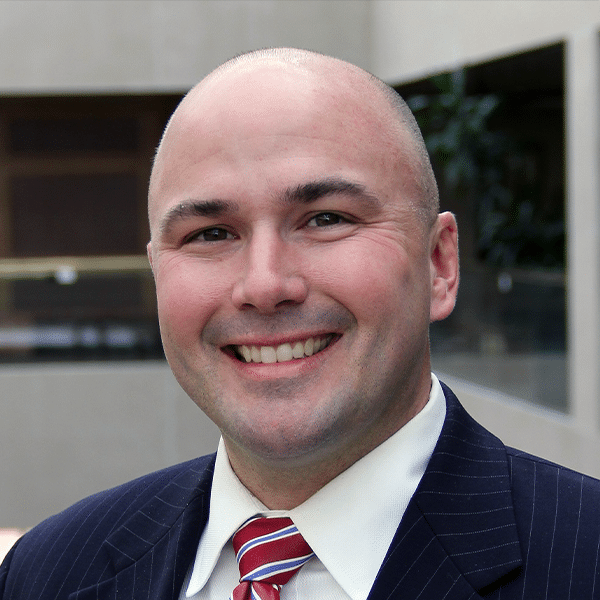BJ Tanksley has been the director of Missouri’s broadband office since 2022 and has lived and breathed rural broadband for even longer.
“I had been an advocate for rural broadband for over ten years,” he told Telecompetitor in an interview.
Previously, Tanksley was director of state and local legislative affairs for the Missouri Farm Bureau, where he served on a committee that developed a proposal for a program that would cover some of the costs of deploying high-speed broadband in rural areas where it wasn’t available. Those efforts ultimately led to Missouri being one of the first states to establish a broadband funding program.
The Missouri Office of Broadband Development, established in 2017, initially had a budget of $5 million for rural broadband. More recently, the state awarded $400 million that came, in large part, through the federal American Rescue Plan Act (ARPA).
The broadband office is now getting set to award $1.7 billion in rural broadband funding through the federal Broadband Equity, Access, and Deployment (BEAD) Program.
Tanksley is hopeful that Missouri will be able to reach all locations eligible for BEAD with the funding allotted to the state, including more than 90% that he estimates will be served with fiber broadband.
The state plans to do two rounds of BEAD funding. The office began accepting applications for the first round in late November and is simultaneously accepting applications for service providers wanting to qualify to receive funding. Applications to qualify are due February 5 and applications for funding are due February 20.
The second round will include any areas that didn’t receive bids in Round 1. In Round 2, the state plans to advise providers of the amount it is willing to pay toward project costs.

Defining Project Areas
When Telecompetitor checked with Tanksley on Friday, more than 60 providers had applied to participate in the BEAD program.
To encourage participation, the Missouri broadband office allowed providers to help define project areas — a process that yielded a total of more than 1,500 project areas.
“I don’t think anyone anticipated how much work that was going to be,” Tanksley told us. “If we had it to do again, we would do it differently, but I think it will serve us well.”
The thinking was that providers would be most likely to participate in the program if they had a hand in shaping coverage areas, ultimately enabling dollars to go further. Despite the hard work that was involved, Tanksley is hopeful that this approach will yield the desired results.
As part of the process, the state sometimes expanded proposed project areas with the goal of making sure all eligible locations would receive bids. Tanksley added, though, that the state took care to make sure that those expansions would not increase expected project costs by more than 10%.
The Extremely High-Cost Threshold Estimate
While some states don’t plan to determine their extremely high-cost threshold until after applications for funding are received, Missouri advised applicants that the anticipated threshold grant amount would be around $18,000 per location across a project area, subject to adjustment after applications are received.
BEAD rules established by NTIA call for awardees to deploy fiber or certain other technologies deemed by NTIA to be “reliable,” unless the cost per location exceeds the threshold.
Tanksley shared the rationale for Missouri’s decision to offer an estimated threshold.
“We would prefer fixed wireless providers focus on areas that actually might be awardable to them,” he said.
In other words, the state didn’t want to encourage fixed wireless providers to apply for funding for areas that likely would not qualify for the deployment of alternative technologies.
The Future of BEAD
Of course, what happens with BEAD in all states will depend on any changes made by the incoming presidential administration. Those changes could be big or small, depending on which pundit you listen to.
When we asked Tanksley about it, he noted that many BEAD rules are in the legislation, which would make it difficult to change them.
“With the BEAD program, there is an opportunity to change lives for many Missourians,” he added. “I don’t want to see that part of it change. Are there things that could change? Sure.”
He added, however, that “Everyone is looking forward to the impact of this and I hope it doesn’t change that. We want people to be able to work from home and [use] telehealth. All those things are real.”
Broadband, he said, “doesn’t make economic development happen, but economic development doesn’t happen without it.”
[insert photo of all the people in the broadband office]
Additional information about Missouri broadband, including links to state funding resources, awards made, state-specific Telecompetitor coverage and more, can be found on the Broadband Nation webpage for the state.


